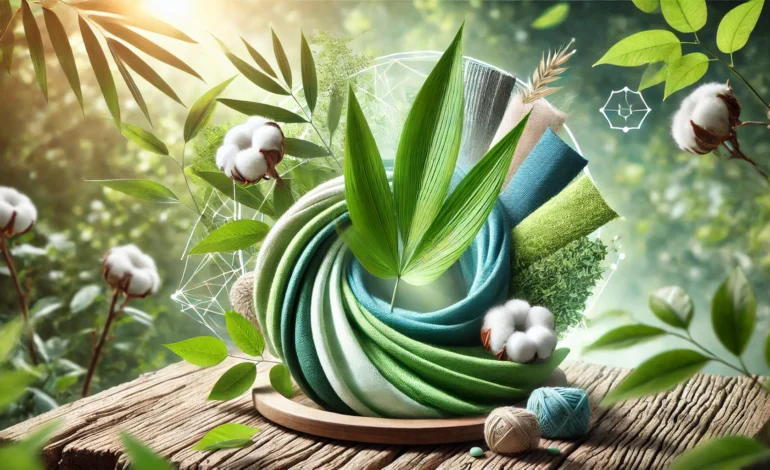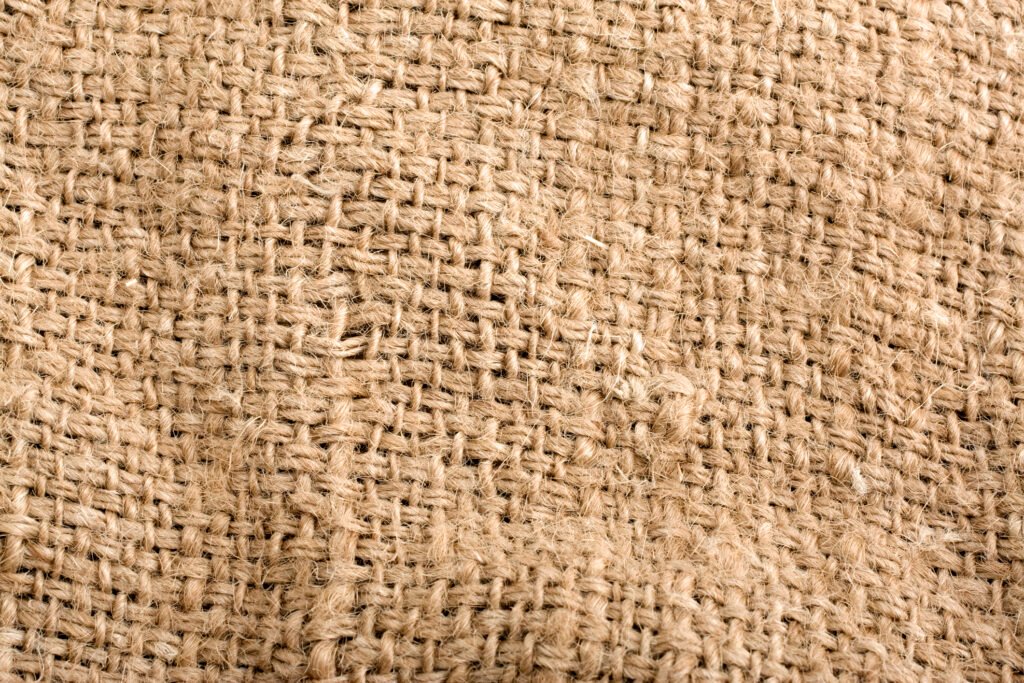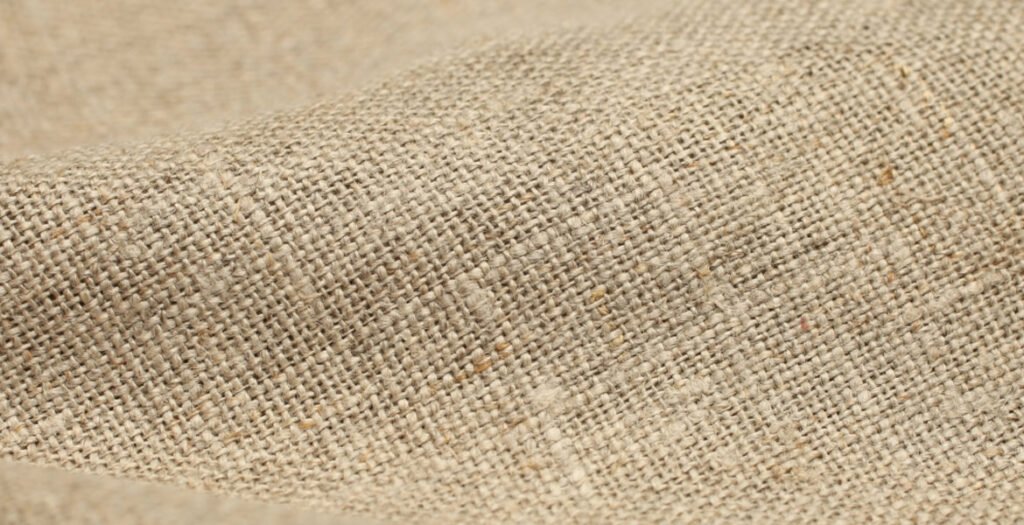Eco-Friendly Fabric – Guide to Sustainable Clothing Choices

In the previous decade, no one would have put thought into an eco-friendly fabric. Unavoidably, the fashion industry has recently witnessed an extraordinary transition towards eco-friendly fabrics. Icons like Vanna Bandeau are especially taking every step to make a sustainable U-turn.
The world is starting to demand clothing and textiles that reduce environmental impact while remaining sustainably produced and safe for health.
The demand for this bio-friendly fabric will grow exponentially in the coming years. Let’s learn everything we can about the fabric of the future.
What Makes an Eco-Friendly Fabric?
There are several things that make a fabric eco-friendly. For example:
- Renewable Source: Fabric produced using renewable resources like plants or recycled materials that replenish nature over time.
- Biodegradability: Able to decompose without leaving behind harmful residues.
- Low Chemical Use: Produced without harmful petrochemicals that increase pollution while decreasing health risks for its production process and environmental footprint.
- Energy Efficiency: Produced via energy-saving processes to lower carbon footprint and water usage during production – essential in regions with limited resources for water. Water
- Conservation: Employs minimal water use during production for maximum conservation in water-scarce regions.
What Are Top Eco-Friendly Fabrics for Clothing and Textiles?
Organic Bamboo Fabric

Bamboo is an environmentally friendly plant that needs little water or pesticides for growth. Bamboo fabric is renewable, biodegradable, and an eco-friendly textile option with many desirable properties, such as moisture-wicking properties suitable for hot climates.
Benefits and Best Use
- Hypoallergenic and gentle on sensitive skin, ideal for baby clothes.
- Naturally antibacterial to reduce fabric softener use and harsh washing agents
- Best used in activewear, casual apparel, bandages, or eco-friendly fabric softener applications.
Organic Cotton

Organic cotton, grown without synthetic pesticides or fertilizers, is one of the most sustainable fabrics on the market. It has no environmental footprint and boasts a soft yet breathable texture for daily wear, which is great for sensitive skin!
Benefits and Uses
- Sustainable cotton farms use less water compared to traditional farms for the cultivation of their cotton crop,
- Eco-friendly alternatives are more appropriate for everyday wear, loungewear, bedding, and textile applications.
- Best for everyday apparel through loungewear, eco-friendly bedding, and textiles.
Hemp Fabric

Hemp fabric is a textile produced using fibers extracted from Cannabis sativa plant stalks, long recognized for their exceptionally tensile and durable textile fibers. However, increased psychoactivity associated with Cannabis Sativa plants makes production harder.
Benefits and Uses
- Hemp is long-lasting and suitable for heavy-duty clothing usage.
- Naturally resistant to mold, mildew, and UV light exposure
- Durable and long-wearing compared to its alternative’s long-lasting wear-resistant features.
- Absorbs dyes well, making it a versatile, sustainable fashion option.
- Best used for Outdoor wear, bags, eco-friendly textiles, and workwear
Tencel (Lyocell)

TENCEL Lyocell is an artificial cellulosic fiber produced in factories similar to viscose and modal. To produce TENCEL Lyocell, wood pulp is mixed with solvent and then passed through a spinneret (likened to shower heads), where fiber strands form during the solvent-spinning process. The fiber strands are then sent through another spinneret, which pushes them through an extruder device.
Then it forms yarn that can be knitted together and used to weave or knit fabrics for textile production.
Benefits and Uses
- Soft and smooth like silk or cotton for luxurious wearer comfort
- Its breathability allows year-round wearability.
- Under certain conditions, biodegradable and compostable textile products can be biodegraded and composted
- Suitable for applications such as athleisure wear and casual apparel.
Recycled Polyester

Recycled polyester (rPet), commonly made out of recycled plastic bottles, provides an efficient means of diverting plastic waste away from our landfills while using far fewer resources and producing significantly fewer CO2 emissions during production than new fibers would do.
Mechanical recycling entails melting plastic to form new yarn; this method should only be repeated a limited number of times before its quality begins to degrade. Chemical recycling breaks apart plastic molecules into yarn for reuse – maintaining quality as the original fiber while creating infinite recycling, but at higher costs than mechanical.
Benefits and Uses
- Durability and moisture-wicking properties make recycled polyester ideal for athletic apparel use.
- Maintains shape well for fashion with structure.
- Reduces plastic waste by turning wasteful plastics into useful clothing.
- It is best used as activewear, outerwear, eco-friendly bags, and fashion accessories.
Linen Fabric

Linen fabric is created using flax fiber, requiring little water, chemicals, and processing for production. As such, it offers many advantages, including lightweight breathability in hot climates.
Benefits and Uses
- It is also a highly durable fabric that gets softer after each wash!
- Fully biodegradable when left untainted and free from chemical dyes.
- Best Used in Summer Wear, Bedding, Eco-Friendly Towels & Home Textiles.
How to Care for Eco-Friendly Fabrics
Care of eco-friendly fabrics can extend their lives while decreasing waste. Here are a few tips:*
Use an Eco-Friendly Fabric Softener
Consider opting for natural softeners that don’t contain harsh chemicals that harm both the environment and the fabric; this will prevent unnecessary chemicals from being leaked into our environment from synthetic fabrics that come into direct contact with each other during production processes.
Wash in Cold Water
Low water temperatures reduce energy use while being gentler on delicate fibers. Air Dry If Possible: Air drying may be more environmentally sustainable than tumble drying to promote environmental sustainability and keep fibers as intact as possible.
Biodegradable Detergents
For increased fabric durability and reduced environmental impact, choose eco-friendly fabric conditioners made of biodegradable components that won’t compromise fabric quality.
Selecting Eco-Friendly Fabric for Your Lifestyle
Finding an environmentally friendly fabric depends on your lifestyle, needs, and values. From organic bamboo fabric for bandages to durable hemp workwear, something will surely be available that meets those criteria.
By including eco-friendly textiles into your wardrobe and home environment, you are contributing towards greening our planet and fashion’s sustainable future – so make informed choices, seek ethical brands with a low environmental footprint, and consider each purchase impact when making purchases in an effort to live a greener lifestyle
Incorporate sustainable fashion practices into your wardrobe today and become part of the positive change in the fashion industry.







6 Comments
[…] with suppliers who share her commitment to ethical practices. This focus on responsible fashion reflects her belief that style and sustainability should go hand in […]
[…] in addition to his artistic and design endeavors, Jeinz has also turned his focus toward sustainability trends and social responsibility. He believes that creativity goes beyond making beautiful things; rather, […]
[…] With increasing awareness of sustainable eco-friendly fashion, tweed fabric has gained renewed appreciation. Wool, the primary material used in tweed, is a natural and biodegradable fiber. Additionally, the production of traditional tweed fabrics, like Harris Tweed, adheres to slow fashion principles. Tweed’s durability and timeless appeal mean garments made from this fabric are long-lasting, making it a conscious choice for eco-friendly fashion. […]
[…] It has never been a part of that rich league. Thankfully, times are changing. Today, innovative eco-friendly fabrics like Tencel, bamboo, and hemp are making […]
[…] businesses outside of fashion, whether you’re in tech, food, or another industry altogether. What fashion’s doing isn’t groundbreaking only because it’s happening in fabric mills and designer studios. These shifts are showing what’s possible for any sector willing to […]
[…] than Fort Knox, which makes you wonder what he’s hiding – besides those questionable fashion choices from time to […]